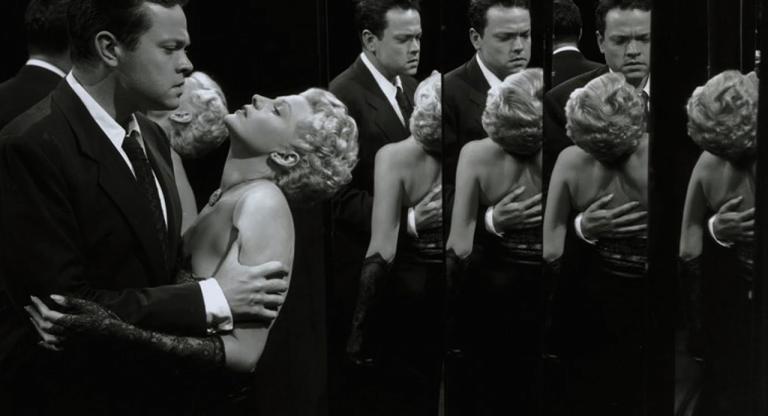
The latest installment of BAM's Women at Work series, "The Domestic is Not Free", encapsulates a purely feminist assemblage of films in that the works interrogate a subject that male directors are wholly unequipped to handle: the feminization of domestic labor, or what theorist Silvia Federici called "reproductive labor." (Granted, the series does contain Todd Haynes' Safe, though Haynes subverts the conceit into an AIDS parable)
One of many brilliant programming choices in the series is the pairing of Marziyeh Meshkini's The Day I Became a Woman (2000) with experimental documentarian Chick Strand's short film Woman of a Thousand Fires (1976) - and both on film, no less. Both films explore the ritualistic nature of women's domestic work as both a collective and individual experience, and imbue methodical, everyday experiences with an undercurrent that's surreal, nearly transcendent. Both filmmakers elevate the invisible lives and labor of women to a mythic status.
The relationship between Iranian cinema and women has always been odd -- torn between the Western influences of pre-Revolution cinema, and all of the female objectification that that implies, and the modesty demanded of the Islamic Republic post-1979. Despite the growing number of women behind the camera in the 80s and 90s, films about women ran the risk of being banned (it was forbidden to shoot young or "attractive" women in close-up). Meshkini, a trained cinematographer, made Day I Became a Women at a time when social issues were slowly beginning to bleed back into Iranian filmic consciousness. Her first feature, it vibrates with a taut energy stemming from her technical prowess. Each of the film's three vignettes are more striking than the last. The second, about a woman who attempts to escape her controlling husband to participate in a seaside bike race, opens with a sweeping gorgeous shot of the racers, all women and all clad in black, trailing streaks of dust. It sustains that furious cadence, the cuts rhythmically careening past, as the men of the town join the woman's husband in pursuing her. She pedals faster and faster. The scene is tense and feels hopeless, but cinematically it's delicious. The film is full of moments like these, that seem so conceptually simple, even quotidienne, but come alive through Meshkini's relentless ingenuity. For finding new cinematic vocabulary in stories simply and economically told, Meshkini should be taught at film schools beside The Bicycle Thief.
The last chapter of the triptych is a triumphant Felliniesque encore, in which an old widow who has "come into money" has a young boy take her shopping for all of the appliances she was never able to own. As she doesn't have anywhere to place them, they become strewn about an empty beach -- an oven, a fridge -- relics of the labor she has performed her entire life, commodified into trophies of achievement.
Strand's Mexico-set film, impossible to find online and seldom screened, is equally heavy on women in black. A semantic spiritualism also permeates Woman of a Thousand Faces' depictions of reproductive labor, though it's associations are much freer, sometimes disturbing and violent. The surreal, mystic syntax that both films find in domestic minutiae serves the purpose of centralizing and valorizing reproductive labor. While the women portrayed in the films may be near-invisible to their societies, here their power and value are genuinely felt -- their labor is the foundation on which our entire economy is built, and without them society would collapse.


